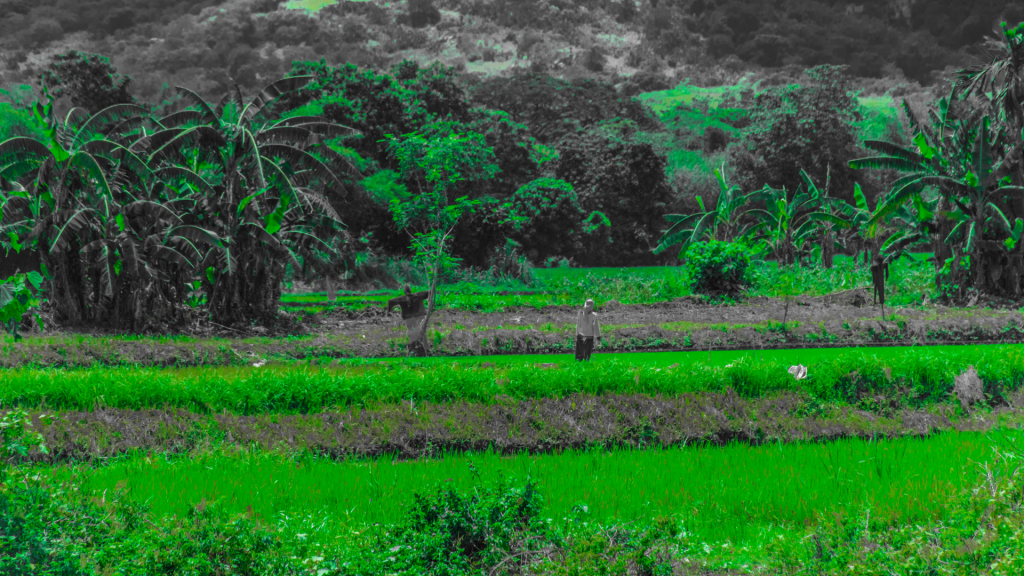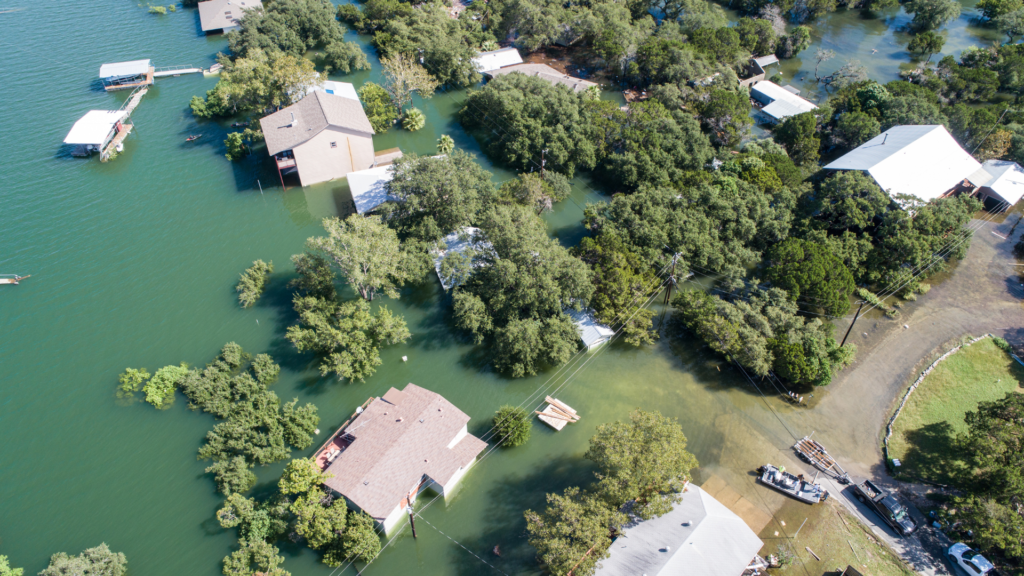But what does “changing earth” means?
If you’ve wondered what does changing the earth means, then here are a few explanations for you:- The earth is constantly changing. For instance, the seasons come and go; every year, the earth goes through a cycle of seasons, and the continual changing of the earth means the earth is always changing.
- The earth changes with time. The earth continues to change with time, and the changes can be seen everywhere; for example, the weather changes every day.
- The earth changes with technology. The earth changes with technology, and this happens with all the technology we humans use. Technology is changing the way we live.
How Should We Adapt to A Changing World?
Humanity is at a crossroads. We are quickly losing our natural resources and our environment, as well as our jobs. Should we adapt to a changing world? The future is uncertain, and there are many unknowns. Will climate change continue to grow? Will technology create new jobs or destroy them? Will plastic continue to pollute our environment? And is the U.S. going to recover from the mistakes of the past? While the future is unknown, one thing is certain: humanity will continue to adapt. The question will be, do you? Definitely. With that, here are the following areas where we should invest to adapt to the changing earth:- Modernized irrigation system and drought-resistant crops. Scientists recommend investing in crops that are drought-resistant and modernizing available irrigation systems in helping small-scale farmers. According to studies, investing in drought-resistant crops could help protect small-scale farms from future droughts. Investing in modernizing irrigation systems could help smaller farmers cope with future droughts.
- Early warnings systems. Early warning systems refer to the way early warnings about a certain danger can be passed on to authorities, such as firefighters or the military. The early warning systems can help the authorities in modifying their plans and strategies to ensure that they can cope with the problems. Early warning systems may also be used in response to other kinds of dangers, such as natural disasters, wars, and terrorism.
- Resilient water resources. Access to clean water is one of the most pressing issues facing humanity and our planet. Poor water quality and sewage pollution are the leading causes of waterborne diseases. Access to clean water and sanitation is essential for human health, education, economic development, gender equality, and environmental sustainability. Water conservation can help protect water resources, but investments in water infrastructure are needed to maintain and expand clean water access.
- Climate-resilient infrastructure. Climate change has accelerated, and with climate change, extreme weather conditions such as wildfires, floods, storms, and droughts only increase. These effects of climate change have devastating impacts on people, communities, and economies. Climate-resilient infrastructure is one of the ways how we should respond to the changing earth. Numerous steps can be undertaken by the governments, cities, and the private sectors to build a resilient infrastructure to withstand the effects of climate change.
- Programs for protecting mangroves. Mangroves are an important ecosystem because they provide terrestrial habitats for fish and other animals. These animals, in turn, provide food for coastal communities and support a range of other economic activities. Mangroves also provide storm protection and play a role in reducing the effects of flooding and erosion. Because of these ecosystem benefits, mangroves are highly valued in Latin America, the Caribbean, and other regions where coastal areas are affected by storms and stand to be even more valuable in more cyclone-prone regions in the future.



